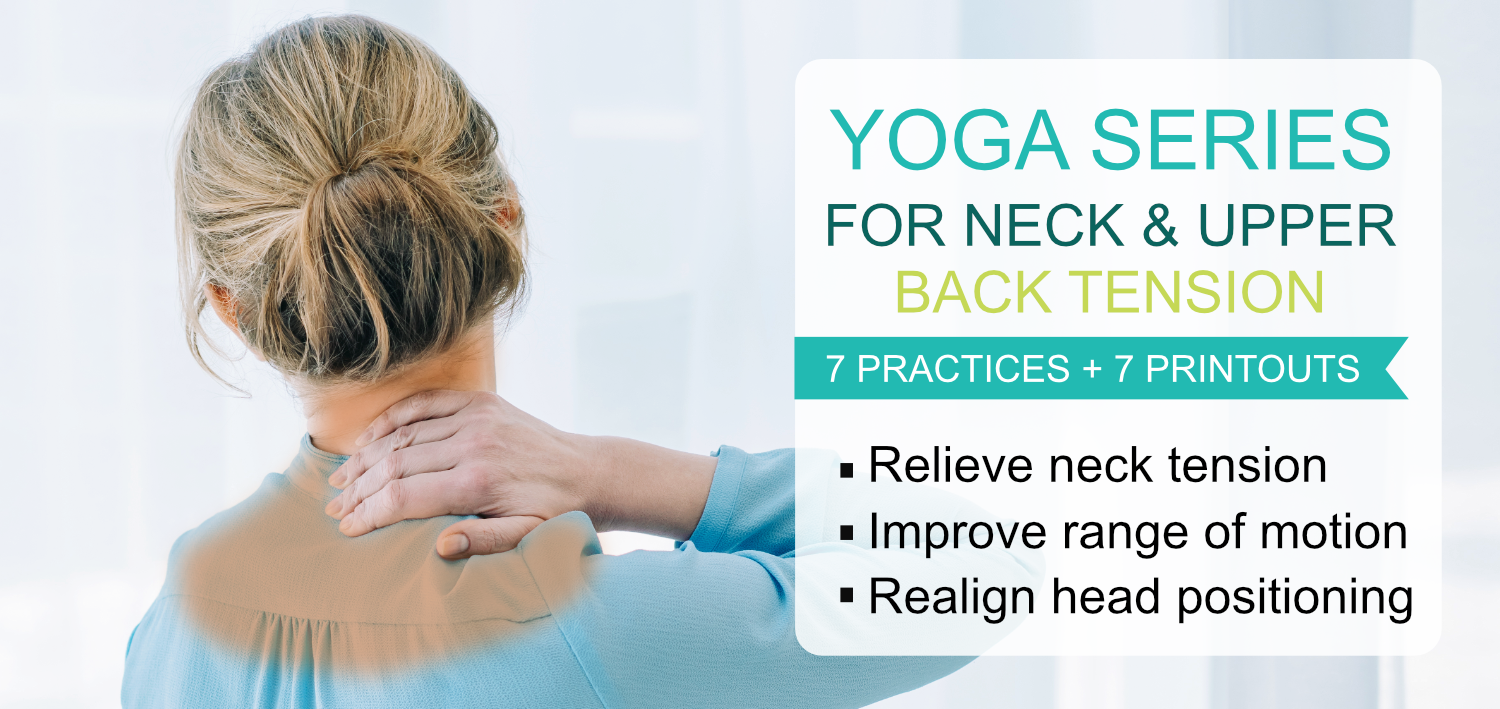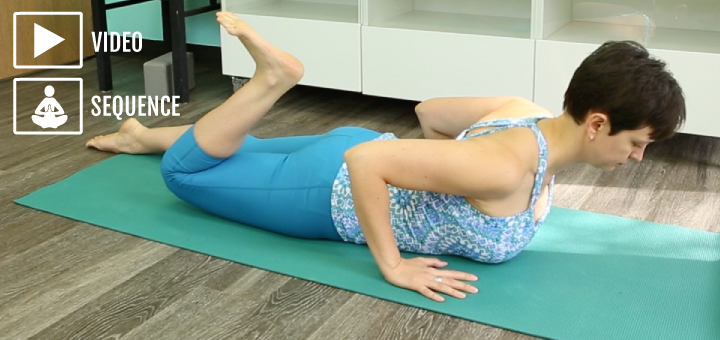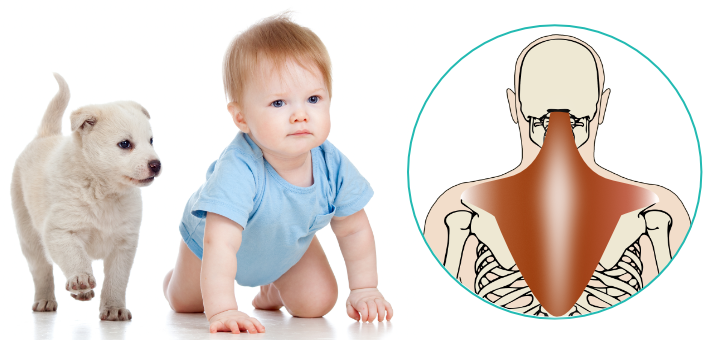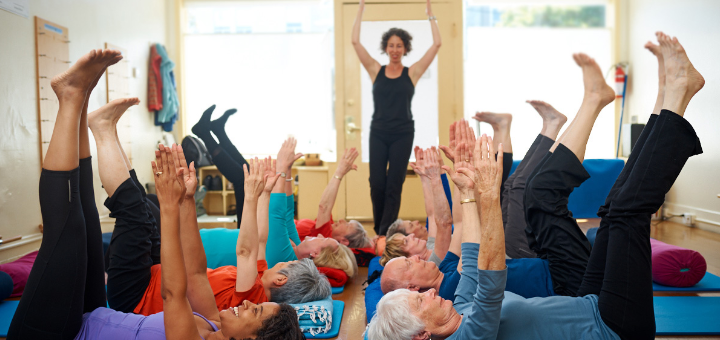How to relieve tension in your neck and upper back
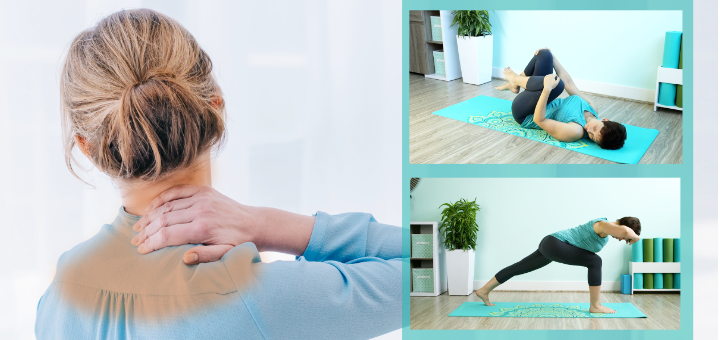
How do we deal with different kinds of neck and upper back tension and achieve long-lasting results?
Here are four main steps we need to take to deal with your current discomfort and to prevent future occurrences:
- Investigate your discomfort. To get more clarity about the causes of your neck tension, first, you need to be precise about where you experience it. Once you pinpoint the location of your discomfort, you might be able to link it to some habitual activity. Do you feel it mostly on one side of the neck? Evaluate the positioning of your computer screen to make sure that you are not looking to one side all day long. Is it linked to the movement of your arm? Notice how you use that arm in the course of your day. Do you feel your shoulders shrugging toward the ears? Evaluate your stress level and ramp up your stress management strategies. These are just some examples of what might be going on. Use this assessment practice to observe what’s going on in your body, and then try to figure out how you acquired that pattern of tension.
- Reduce or eliminate activities that cause tension. Be mindful of how you move and position your body in the course of your day. Place your computer screen directly in front of you, elevate the position of your laptop, alternate which arm you use for your tasks, stop displacing your head forward when you look at your phone, take breaks, and so on. If you continue to engage in behaviors that have created your neck tension, you will continue to experience neck tension, no matter how much yoga you do or how many massages you get.
- Relax your eyes. Eye strain is a big contributor to neck pain and tension headaches. If you spend much of your time in front of a screen, try following the 20-20-20 rule, which means taking a 20-second break from the screen every 20 minutes by looking at least 20 feet away. This helps to relax your eye muscles.
- Manage your autonomic state. The two major muscles of the neck and upper back (trapezius and sternocleidomastoid) are innervated by the cranial nerve XI (also called “spinal accessory nerve”), which is intertwined with the famous Vagus nerve that regulates the state of our autonomic nervous system. This tells us that the tone and activity of the major neck muscles are closely tied to the state of our autonomic nervous system. You can calm your nervous system by resting in comfortable, supported positions, deep, relaxed breathing, soothing sounds, or any activities that make you feel peaceful and content. This will help relax your neck muscles, as well.
In addition, you can use your yoga practice to systematically address your neck tension, realign your head position, strengthen supporting musculature, and calm your nervous system. This is exactly what we do in the 6-week Yoga Series for Neck and Upper Back Tension. This series aims to relieve tension in your neck and upper back, to create support for your spinal curves, and to relax your eyes.
In this yoga series, you will:
- Strengthen the neck and upper back muscles that support your head in the upright position with backbends and partial weight-bearing postures,
- Release neck and upper back tension by mobilizing your neck, thoracic spine, and shoulder girdle,
- Increase mobility in your thoracic spine by taking it through the full range of motion,
- Promote better alignment between your spinal curves by elongating the spine while supporting the natural shape of your curves,
- Address tension headaches with specific head and eye movements,
- Calm your nervous system by resting in supported positions and deep breathing with an emphasis on lengthening exhalation, relaxing imagery, and vibrating sound.
This series consists of entirely new content. You will get six video practices with printouts of all practice sequences, plus a short bonus practice specifically for your eyes. Here is a quick overview of the series.
Realigning your neck positioning and building a properly supported posture is essential for counteracting the unfortunate tendencies of our modern lifestyles. They will also help you feel and project more confidence and self-assurance. You will walk with your head held high! Let’s get started!
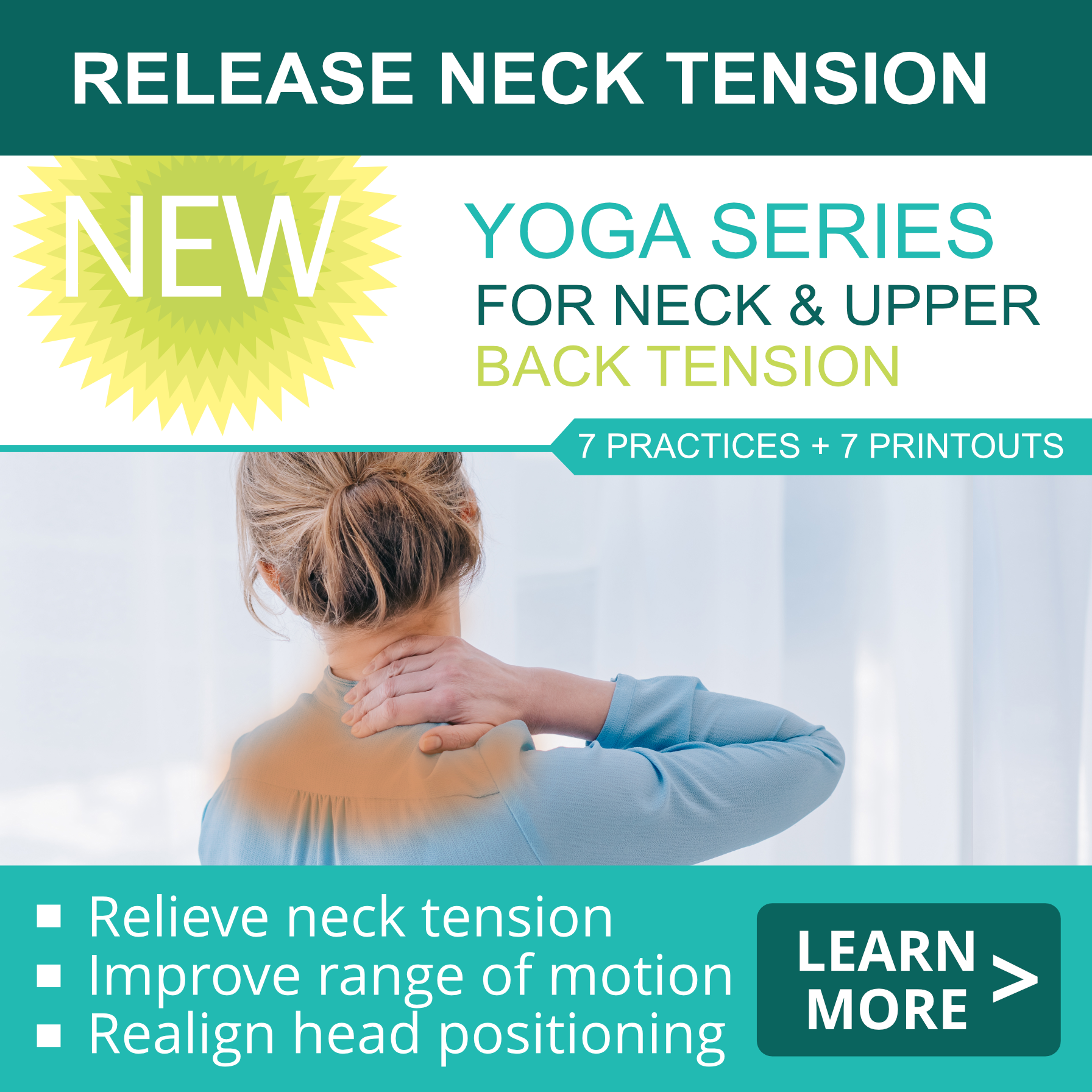
Relieve neck and upper back tension, increase mobility in your thoracic spine, build better posture and calm your nervous system.

